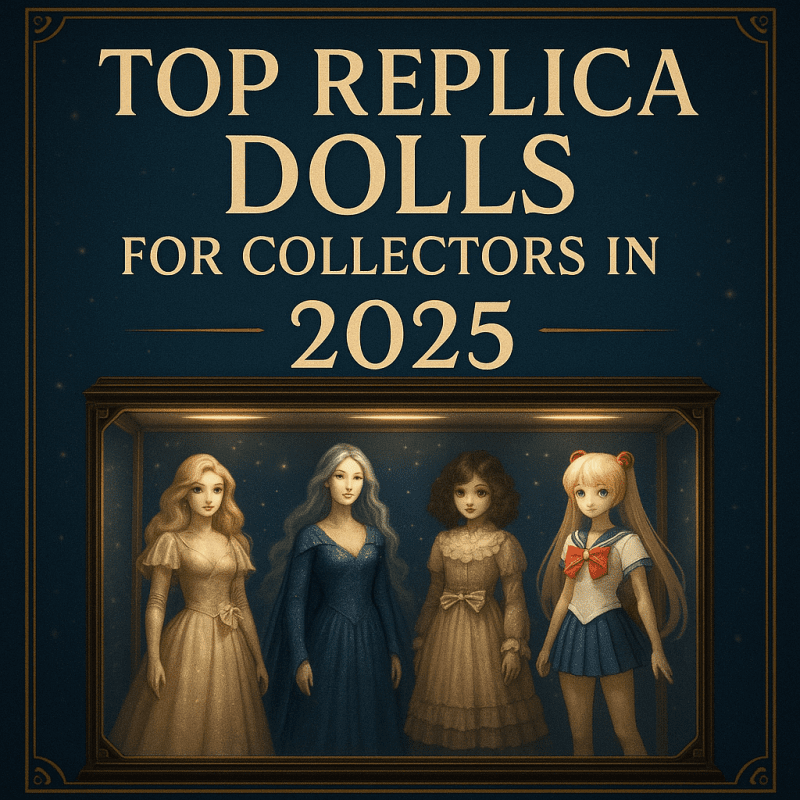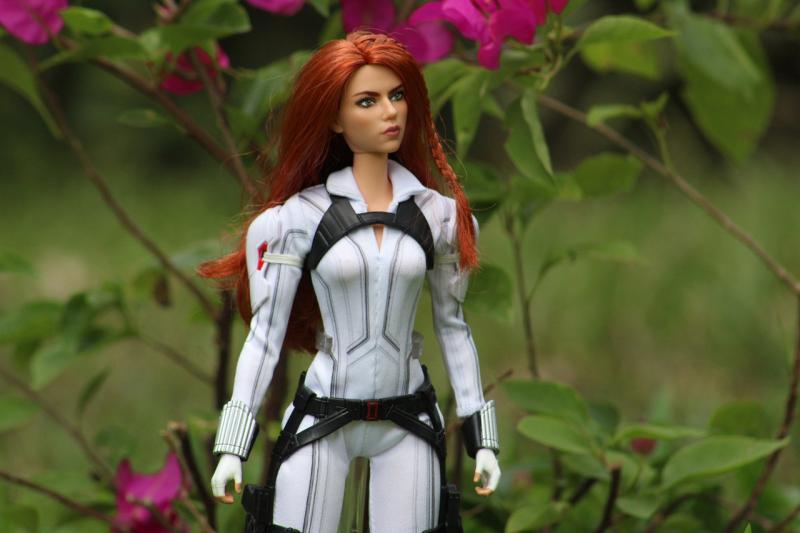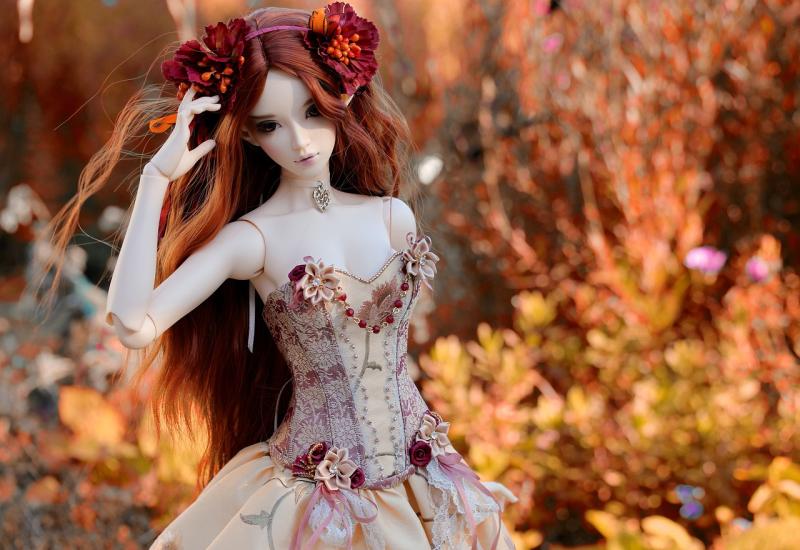Barbie made her debut in 1959, and from the moment she hit the shelves, she changed the toy industry forever. Created by Ruth Handler, Barbie was designed to be more than just a pretty doll; she represented a new kind of female empowerment. Unlike baby dolls that encouraged nurturing, Barbie invited girls to imagine adventures, careers, and lives beyond traditional roles.
In those early days, Barbie was all about glam. She sported a classic black-and-white striped bathing suit and had her signature ponytail. Her first outfits included stylish clothes that mirrored the fashion trends of the late '50s and early '60s. Women were embracing new styles, and Barbie was right there in the thick of it, showcasing everything from cocktail dresses to glamorous evening gowns.
As time went on, Barbie's wardrobe continued to evolve. The '60s introduced mod styles with vibrant colors and bold patterns. Each new release captured the spirit of the decade, allowing Barbie to become a fashion icon. Whether she was in a chic shift dress or rocking bell-bottoms, Barbie reflected the changing roles of women in society.
The variety of styles available also allowed girls to explore their creativity. With more than 200 careers and countless outfits, Barbie could be anything from a doctor to an astronaut. Each version of Barbie encouraged young girls to dream big and imagine all the possibilities life had to offer.
Transforming Roles and Careers for Barbie
Barbie has always been more than just a doll; she’s a reflection of changing times and aspirations. Over the years, Barbie has donned many hats, taking on roles that inspire kids to dream big. From being a fashionista to a doctor or astronaut, Barbie's careers have evolved right alongside society’s views on women in the workplace.
In the early days, Barbie was often seen as the glamorous girl next door, focused on fashion and fun. But as the years went by, she began to represent a wider range of professions, showing young girls that they could be anything they wanted. This shift was crucial, especially during movements for women's rights and equality.
Today, kids can find Barbie as a vet, a scientist, and even a president! These diverse roles empower kids to think outside the box and explore different career paths. It’s more than just play; it’s about opening up conversations around aspirations and possibilities.
Plus, Barbie’s transformation doesn’t just stop at job roles. She’s also embraced various backgrounds, traits, and appearances, ensuring that every child can see a bit of themselves reflected in her. This inclusivity helps promote acceptance and understanding, making playtime a chance to learn about diversity.
Diversity and Representation in Barbie Dolls
Over the years, Barbie has evolved beyond the classic blonde doll that many people remember from childhood. Today, the brand embraces diversity and representation in a big way. This shift helps kids see themselves in the dolls they play with and learn about different cultures, body types, and abilities.
One of the most exciting developments is the variety of skin tones, hair textures, and facial features now available. From dolls representing different ethnic backgrounds to those with unique hairstyles, Barbie offers a range that reflects the world we live in. This allows children to celebrate their own identities while learning about others.
Additionally, Barbie has introduced dolls with different body shapes, including curvy, tall, and petite options. This change acknowledges that beauty comes in many forms and promotes a healthy body image. Kids can choose a doll that looks like them or one that showcases a different shape, fostering acceptance for all bodies.
Barbie has also made strides in representation of disabilities by creating dolls with prosthetic limbs and wheelchairs. This inclusion sends a powerful message that everyone deserves to be seen and represented. It teaches children compassion and understanding toward those with different abilities.
The shift toward diversity in Barbie dolls is about more than just appearances. It’s a reminder to kids that everyone has a story worth sharing. With each new doll, the brand helps spark conversations about identity, acceptance, and friendship among young ones.
Modern Trends and Barbie's Future Vision
Barbie has always had her finger on the pulse of what's trendy, and that's still true today. Modern Barbie isn't just about pretty dresses and a dream house anymore. She's all about embracing diversity, empowerment, and tackling real-world challenges. Whether it's careers in STEM or promoting body positivity, today's Barbie dolls reflect the world kids live in, making them relatable and aspirational.
One exciting trend is the push for inclusivity. Barbie now comes in various body shapes, sizes, and ethnicities, allowing all children to see themselves represented. This shift helps to teach kids about acceptance and the beauty of diversity from an early age. When kids play with dolls that look like them, it boosts their confidence and makes playtime much more meaningful.
Technology is another area where Barbie is evolving. The interactive Barbie dolls create a fun blend of play and learning. Think dolls that can talk back and help teach kids about science or even encourage creativity through apps. This tech-savvy approach not only keeps Barbie relevant but also connects with today’s digital-native kids.
Barbie's future vision is bright and inclusive. She’s not just a doll but a figure of empowerment who encourages kids to dream big and break boundaries. Whether it's inspiring young girls to become astronauts or helping others understand the importance of environmental issues, Barbie is here to lead the way into the future, just like she has for decades.


